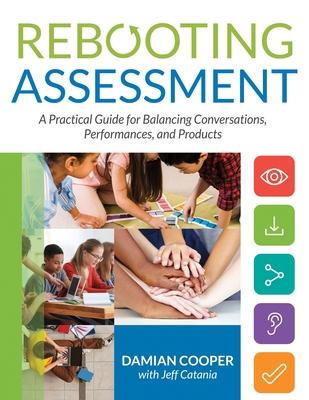Assessment is overdue for a technology-supported reboot, and this practical guide will help you do just that. Within its pages, you'll discover a technology-supported and balanced approach to assessment for learning that includes conversations and performance-based observations as key components. Real-world case studies and differentiated implementation options are available throughout the book to help you identify your current level of knowledge, gain confidence, and hone your skills.
Use this book to guide your journey to effective performance-based assessment:
- Understand how balanced classroom assessment leads to deeper student engagement, greater equity, and increased reliability.
- Discover the role of formative and summative assessments and how to use triangulation to assess student learning outcomes.
- Watch video clips that feature real-life teachers and students implementing balanced assessment in the classroom.
- Learn how to develop positive relationships with students and create a learning environment characterized by trust and collaboration.
- Understand how to use technology and digital evidence to support assessment, including student self-assessment and peer assessment.
- Rely on the teacher-readiness scale to help you identify your comfort level with the types of assessment and approaches within the book.
Contents:
Introduction
Chapter 1: Why Is Balanced Assessment Important?
Chapter 2: How Do I Plan Balanced Assessments?
Chapter 3: How Do I Assess Through Observation and Conversation?
Chapter 4: How Can I Use Technology to Benefit Assessment?
Chapter 5: How Do I Use a VOCAL Approach to Improve Learning?
Chapter 6: How Do I Communicate About Learning in the Digital Age?
Epilogue
Appendix
References and Resources
Index
